Is reducing techno down to 15 or 30-second social media clips, changing the direction of techno production? Is it techno anymore? Or is it something completely new?
As far as electronic music genres go, techno is arguably the most versatile. From the stripped back sparsity of minimal to the tribal maximalism of schranz, the techno umbrella encompasses a huge variety of different styles.
In recent years, a new sound has come to the fore. Characterised by high BPMs, often 160 and above, extreme kick drums and in-your-face synth riffs, the style seems a far cry from the minimal days of yesteryear. Nonetheless, it is proving incredibly popular. Perc, one of techno’s most enduring and creative producers, elaborates: “Techno is meant to shock and surprise, and for a long time, it got stuck at around 127 BPM, so for it to suddenly jump to 150 BPM or more is interesting. It brings a different energy and intensity to a party not seen in techno for many years.”
What are the origins of this new sound, and what does it mean for the future of the genre?
Looking Back to the Past
BPMs have been creeping up in techno for a while, and there has been an increasing crossover with other electronic music genres. Nina Kraviz, for example, has been exploring trance and psytrance in her sets for years, and Bleaching Agent closed out Katharsis with a gabber set way back in 2017.
Until recently, faster tracks were reserved for the end of the night. Now, many parties are high-speed from start to finish, and the art of the warm-up set looks to be in serious jeopardy.
This shift has become more pronounced over the past few years, and this emerging trend has been heavily inspired by genres popular in the 1990s and early 2000s, such as gabber, hardcore and psytrance, borrowing everything from kicks to acid lines and from synth riffs to vocals.
Famed for her blistering sets, Noncompliant explains the challenges it creates: “As a DJ it can be difficult to go on after someone who’s been pushing 150 BPM. But a good DJ can pull it back and start things over to build up to a different place in the night.”

Parties like Teletech and Verknipt are putting this new sound at the forefront, attracting huge audiences in the process. We’re seeing a new wave of young DJs and producers break through, some of whom look poised to challenge the long-established techno hierarchy if they are not doing so already.
For a genre that purports itself as progressive and forward-thinking, it might seem a little strange that sounds from the past are having such an influence. In fact, their impact has been so profound that music we hear today is stretching the loosely defined boundaries of the genre to their limit. Is it really techno anymore? Or is it something completely new?
Is it really techno anymore? Or is it something completely new?
Techno on TikTok
The origins of any artistic movement, musical or otherwise, can be difficult to pinpoint.
There is rarely a defining moment that can be identified as the trigger that set off a new trend. Instead, ideas are nurtured over time, often with small groups of artists pushing a certain style or aesthetic.
There are certain factors, however, that can set things in motion. Technology is certainly one of these; new developments in instrument or software design can spawn entire subcultures, we only need to look at the Roland TB-303 as an example.

While music technology shapes the form and character of the music we hear, it’s not behind the rising BPMs in techno today. Instead, we need to look at another, far more prevalent and influential kind of technology: social media.
Today’s social platforms have fundamentally changed the way we consume digital media. TikTok has become something of a cultural phenomenon, especially among younger demographics. Short form videos are king, and with 1.5 billion monthly active users, it’s no surprise that TikTok has become a hugely important marketing channel.
This is also true for techno artists and promoters. TikTok is a fantastic way to reach new audiences, connect with fans, and advertise music and events. However, videos on TikTok are designed with virality in mind. They need to be immediately engaging and impactful, grabbing the attention of viewers before they have a chance to scroll past. When it comes techno on the platform, what’s going to be more effective: a snippet from a long mix with subtle shifts and transitions or a clip of a huge drop with earth-shattering kick drums, catchy riffs and a frenzied crowd?
“People have such short attention spans these days, videos have to get to their main point with seconds, not minutes. It’s easy to show big drop and crowd reaction in a 30 second video. How are you meant to convey what is great about a Basic Channel record in 15 seconds?” Perc explains with insight from years of experience in the studio and on the road.
No doubt reducing techno down into 15 or 30 second clips will change how the genre is perceived, but is it changing the way producing make tracks as well? If a young, up-and-coming artist sees a particular style of techno perform well on their social media channel of choice, they are more likely than not going to attempt to replicate that sound in their own work.
How are you meant to convey what is great about a Basic Channel record in 15 seconds?
Societal Triggers
Social media has undoubtedly played a part in the ongoing evolution of techno. However, the extent of its influence is a subject of debate, and it’s by no means the only factor.
Music isn’t just there to make us dance. It’s often politically charged; a response to the world in which it’s made, with lyrics or sounds designed to reflect political, economic or social turbulence.
There is an argument to be made that extreme political and economic climates breed extreme music. If we look back to the punk movement of the 1970s and 1980s, the anti-establishment, rule-breaking genre was seen by many as a response to economic hardships in the UK and Europe.
Could the same phenomenon be playing out in the world of techno? With extremism on the rise and political turmoil across much of the Western world, more aggressive, intense music could be a reflection of and response to this.
Speaking to Attack, Brooklyn’s techno powerhouse, Volvox, details her view: “Music is an outlet for the daily grind, it makes sense that as the world gets crazier and life more difficult people are drawn towards harder sounds as a release.”
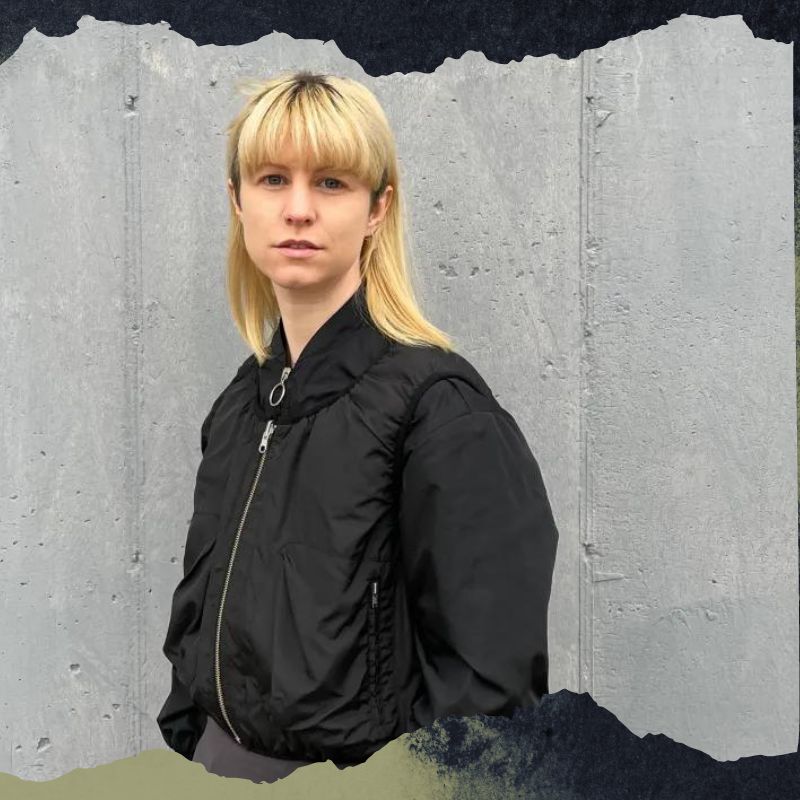
Lockdown could well have played a role too. Social shutdowns caused widespread isolation and loneliness, with people often forced to spend their time at home, alone. As the world opened up again and things returned to normal, the furious techno we hear today could be a release of pent-up frustrations built up during pandemic restrictions.
Irish techno icon Sunil Sharpe agrees: “This sound was often more so for the under 18 market, and one that many people get out of their system by the time they start going to regular clubs. Somehow, it worked out differently this time, probably due to the pause of clubs during the pandemic, too; when things started back, the music styles of choice had changed a lot in the absence of venues and promoters acting as curators. There was a major shift in power during this time.”
techno is like a virus; it can never be killed; it just mutates and moves forward - Mad Mike Bank - Underground Resistance
A New Sound for a New Generation
Music changes all the time, and techno is no exception. As you would expect to see in any other genre, recent developments have been met with some pushback. New sounds have been criticised as too fast, too extreme, even too commercial – given the current trend of sampling old pop and rap songs.
Are these criticisms valid? There’s no avoiding that today’s high-speed techno is markedly different from what we’ve heard previously. For years, dance floors were dominated by the ‘Berlin’ sound. Techno that was sparse, serious and ruthlessly utilitarian. The music we’re hearing today couldn’t be more different; it’s bold, brash and unashamedly excessive.
The high BPMs of the music today could be a direct rejection of previously predominant sounds, a conscious effort by a new generation to carve out something that is truly their own.
“I think that after Covid young clubbers wanted something that was theirs, not just inheriting something that an older generation of clubbers told them they were meant to like. For the first time, we are seeing two generations of clubbers and DJs operating in the scene at once and of course the younger generation is going to want to differentiate itself from what is popular with the older generation.” Perc tells us.
For the first time we are seeing two generations of clubbers and DJs operating in the scene at once and of course the younger generation is going to want to differentiate itself from what is popular with the older generation.
Where Does This Leave Us?
For those involved in the scene in the early 2000s, this high BPM trend is nothing new. In those days, schranz was the style of choice. With crunchy loops and viciously distorted rhythms, it was the polar opposite of the funk-infused Detroit techno from the early 1990s.
However, while schranz was and still is maligned by many, it largely stayed true to fundamental ideas of danceability and groove. It was fast and ferocious, but its tribal influences kept crowds dancing. Can the same be said for the high-octane music we’re hearing today? With donk-esque kicks and sweeping hoovers, it can sometimes lend itself more to fist-pumping than actual dancing.
We’ve seen artists like Truncate and Sam Paganini speak out against rising BPMs on social media, but it looks increasingly like they’re shouting into a void. Speed is the sound of a new generation, and they’re being led by a coalition of new artists and established DJs like Rebekah, who has become something of a queen of the harder styles.

Perhaps techno is a victim of its own malleability. It can be changed and reshaped so much and means so many different things to so many different people, that schisms and fractures in the scene are almost unavoidable.
On the Why We Bleep podcast, Surgeon spoke of a theory put forward by Mad Mike of Underground Resistance. He said that “techno is like a virus; it can never be killed; it just mutates and moves forward”. This trend could be just that – another mutation in the lifecycle of techno. Critics can at least take comfort that trends don’t last forever. For those riding the crest of the new wave, it looks set to take techno forward into exciting, unknown territory.
It’s not all doom and gloom, however, “I see a lot of people having fun and embracing a bit of chaos, which is a good thing. It’s a gateway into more specialist music styles too, the same way EDM was… Personally I’d like to see this scene tip its hat to the originators a bit more though – Marc Acardipane, Paul Elstak, and these sorts of people” Sunil Sharpe enthuses.
Find all the interviewees on Instagram. Perc, Volvox, Noncompliant & Sunil Sharpe.
While you are here, you may enjoy the Attack Pig Room Podcast feat Rebekah.
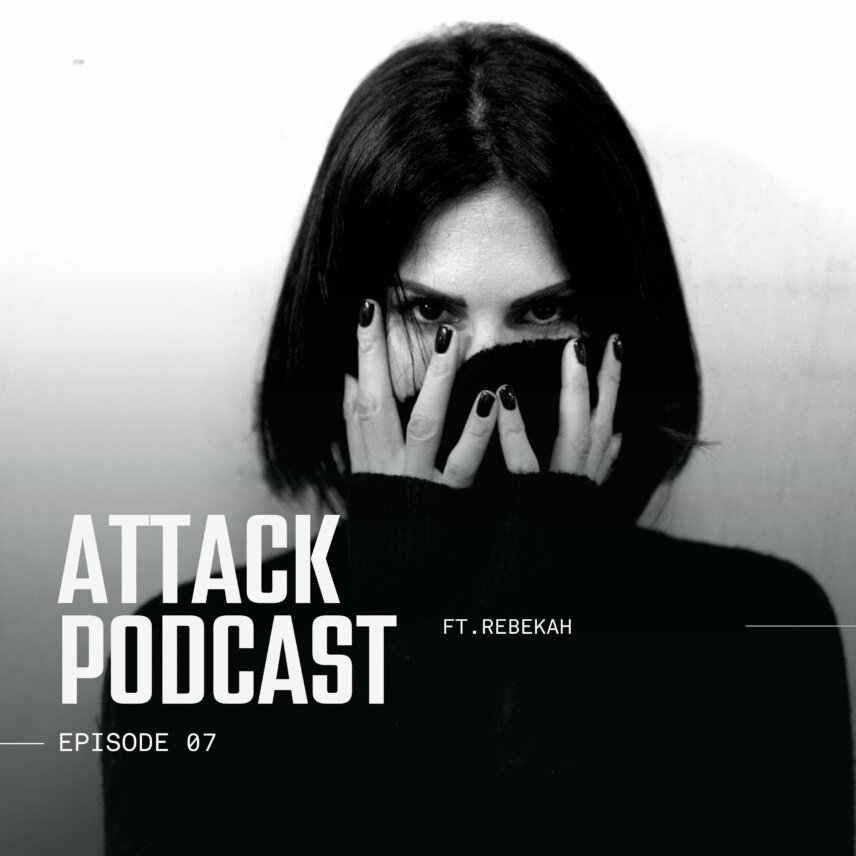
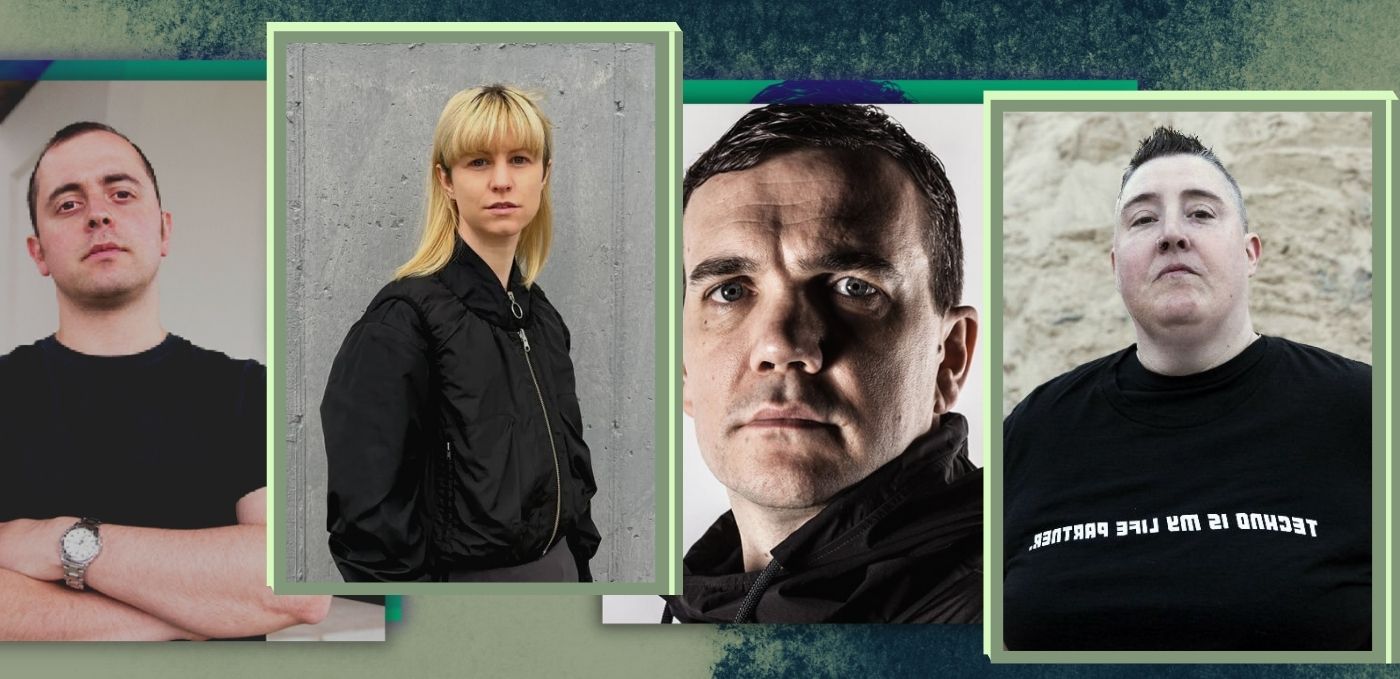
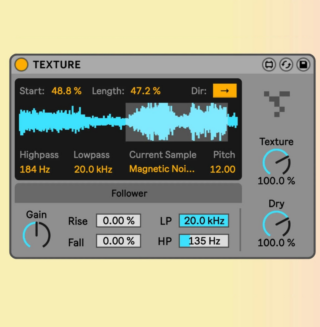
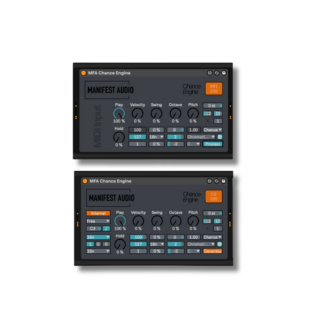
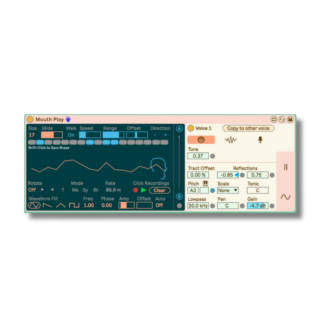
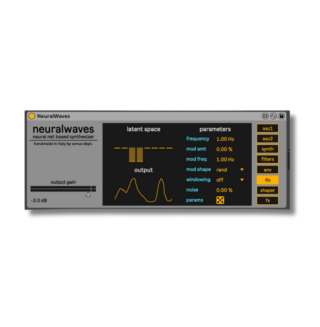
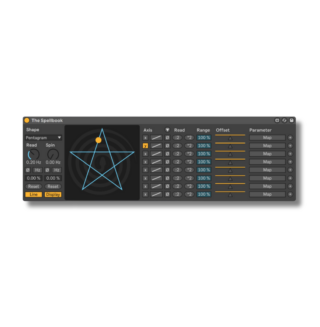
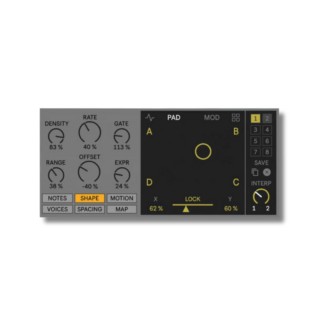
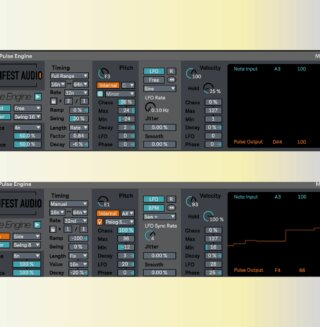
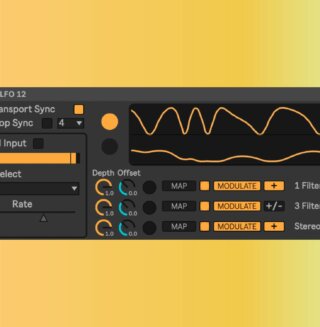
01.27 PM
What exactly do you people, think a comma, is?
09.18 AM
Hi Karl,
Please identify the issue, and we’ll correct it.
Thank you, Attack